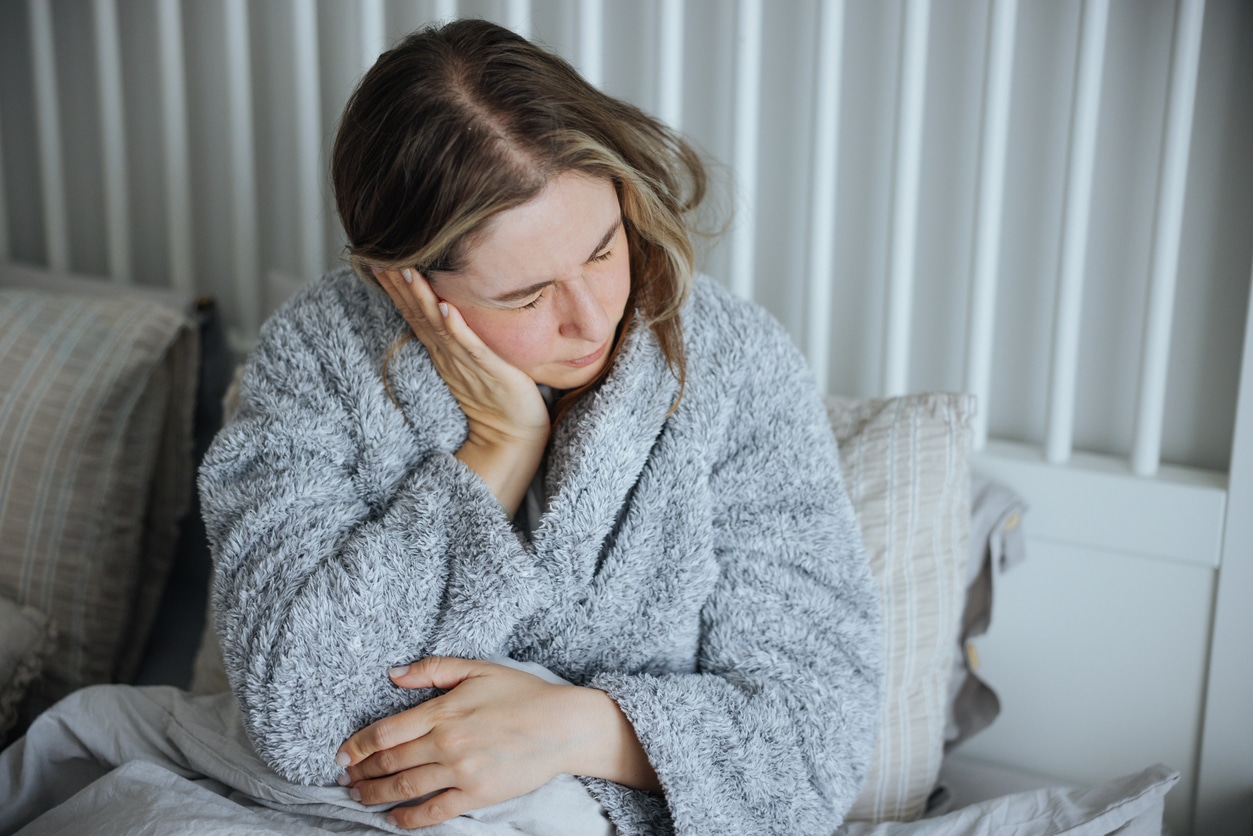A ruptured eardrum, or a perforated tympanic membrane, can be a painful experience. This thin tissue separates the outer ear from the middle ear and plays a role in hearing and protecting against infection.
When it becomes torn or punctured, it can lead to discomfort, hearing issues and an increased risk of ear infection. Fortunately, most ruptured eardrums heal on their own, and treatment options are available to support recovery.
What Causes a Ruptured Eardrum?

Several factors can lead to a rupture in the eardrum. Some are sudden and traumatic, while others develop more gradually due to infection or pressure changes.
Common causes include:
- Ear infections: Fluid buildup and pressure from middle ear infections can cause the eardrum to tear.
- Sudden pressure changes (barotrauma): Rapid altitude shifts during flying, diving or driving in the Cascade mountains can stress the eardrum.
- Loud sounds or blasts: A sudden, intense noise, such as an explosion or a gunshot, can damage the eardrum.
- Foreign objects in the ear: Inserting cotton swabs, bobby pins or other objects can accidentally puncture the eardrum.
- Head trauma: A blow to the head or a skull fracture may damage structures within the ear, including the eardrum.
Knowing the potential causes can help you take steps to prevent injury, especially in high-risk environments or activities.
Signs and Symptoms of a Ruptured Eardrum
A ruptured eardrum can have various symptoms depending on the cause and severity of the tear. Some people notice symptoms immediately, while others may not realize what has happened until discomfort sets in.
Common signs include:
- Sudden, sharp or aching ear pain
- Drainage from the ear (may be clear, bloody or pus-filled)
- Hearing loss or a muffled sensation in the affected ear
- Tinnitus
- Dizziness or a spinning sensation
- A feeling of pressure release or “pop” in the ear
If you notice any of these symptoms, especially following infection or loud noise, see a doctor.
Treatment Options
Common treatment approaches include:
- Protecting the ear: Keep the ear dry while healing. Avoid swimming and use earplugs when showering.
- Pain management: Over-the-counter pain relievers like acetaminophen or ibuprofen can reduce discomfort, as directed by your doctor.
- Antibiotics: If an infection is present or likely, oral antibiotics or antibiotic ear drops may be prescribed.
- Patching: In some cases, a doctor may apply a paper patch to the eardrum to promote healing.
- Surgery: If the rupture doesn’t heal on its own, surgical repair may be necessary to close the perforation and restore hearing.
Follow-up appointments are important to ensure the eardrum is healing properly and that no further treatment is needed.
Preventing Eardrum Injuries
While not all ruptured eardrums can be avoided, there are steps you can take to reduce your risk:
- Never insert objects into your ears
- Treat ear infections promptly
- Use pressure-equalizing techniques when flying or diving
- Protect your ears from loud sounds with earplugs or earmuffs
- Wear a helmet to reduce the risk of head injury
These simple precautions can help keep your ears safe and healthy in everyday life.
If you experience sudden ear pain, fluid drainage, hearing changes or signs of infection, it’s important to see a doctor. Early diagnosis and treatment can prevent complications and support a full recovery.
To schedule an appointment, contact Willamette ENT & Facial Plastic Surgery today.
“Everyone is nice and very efficient.”